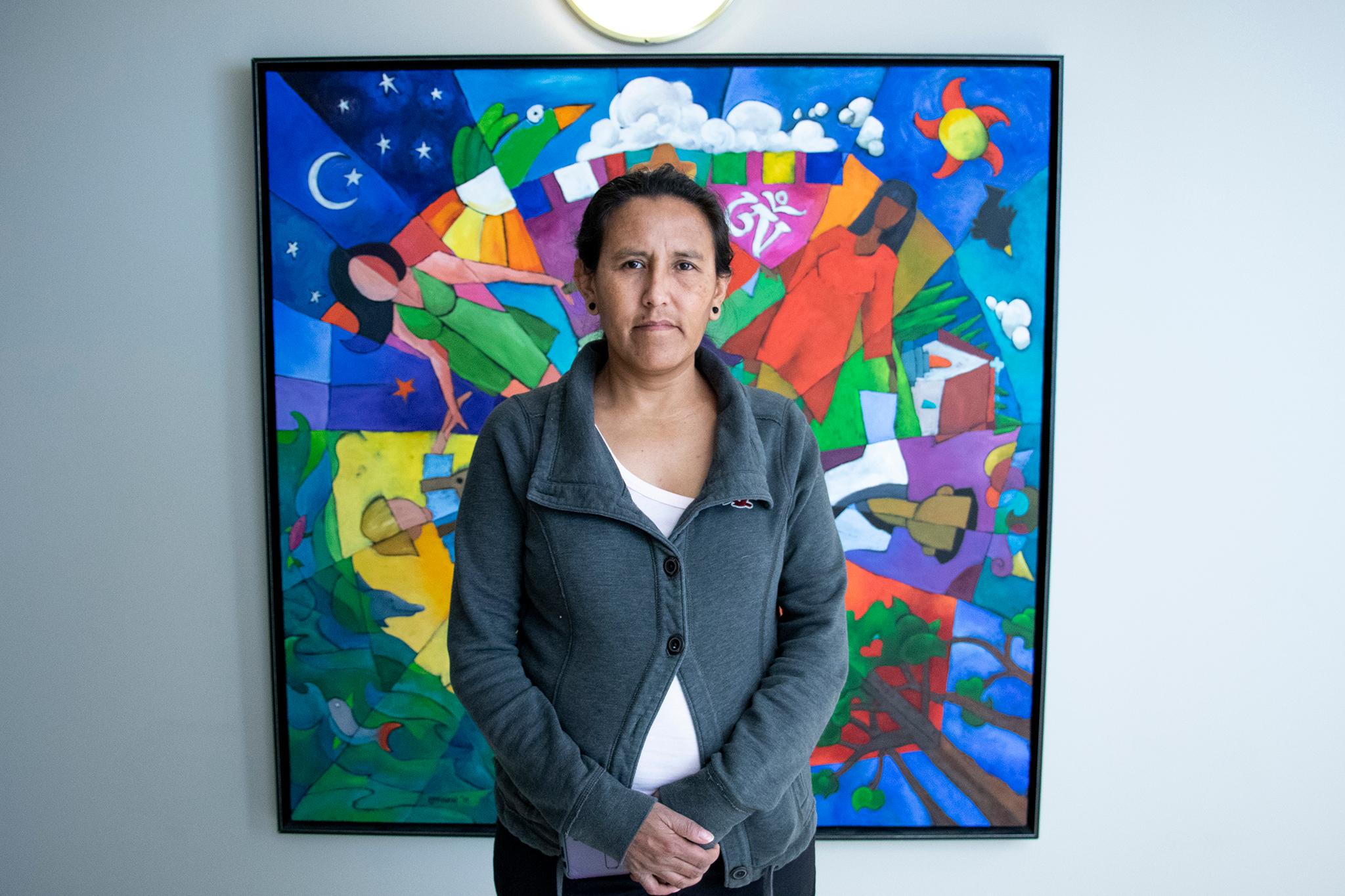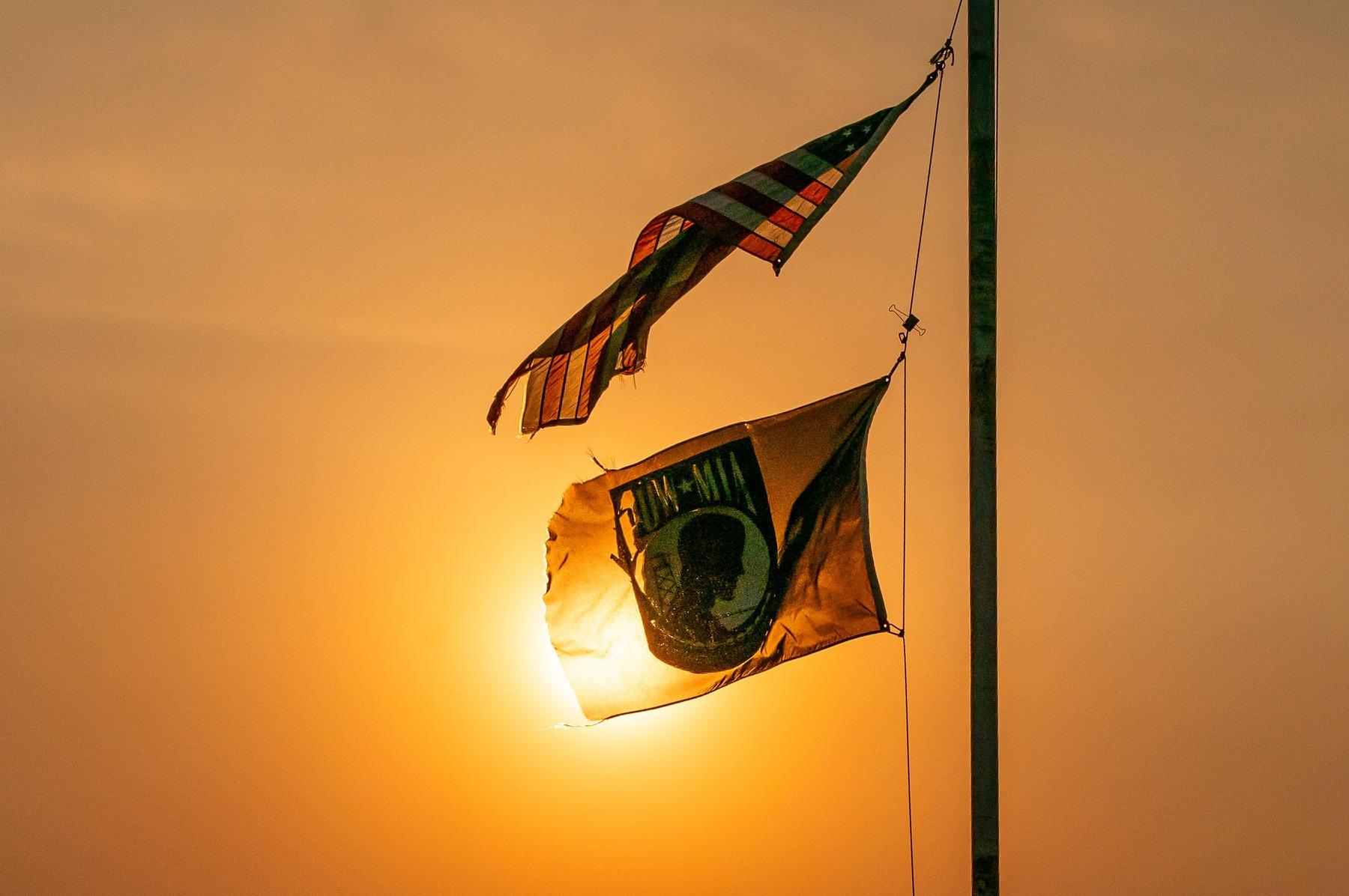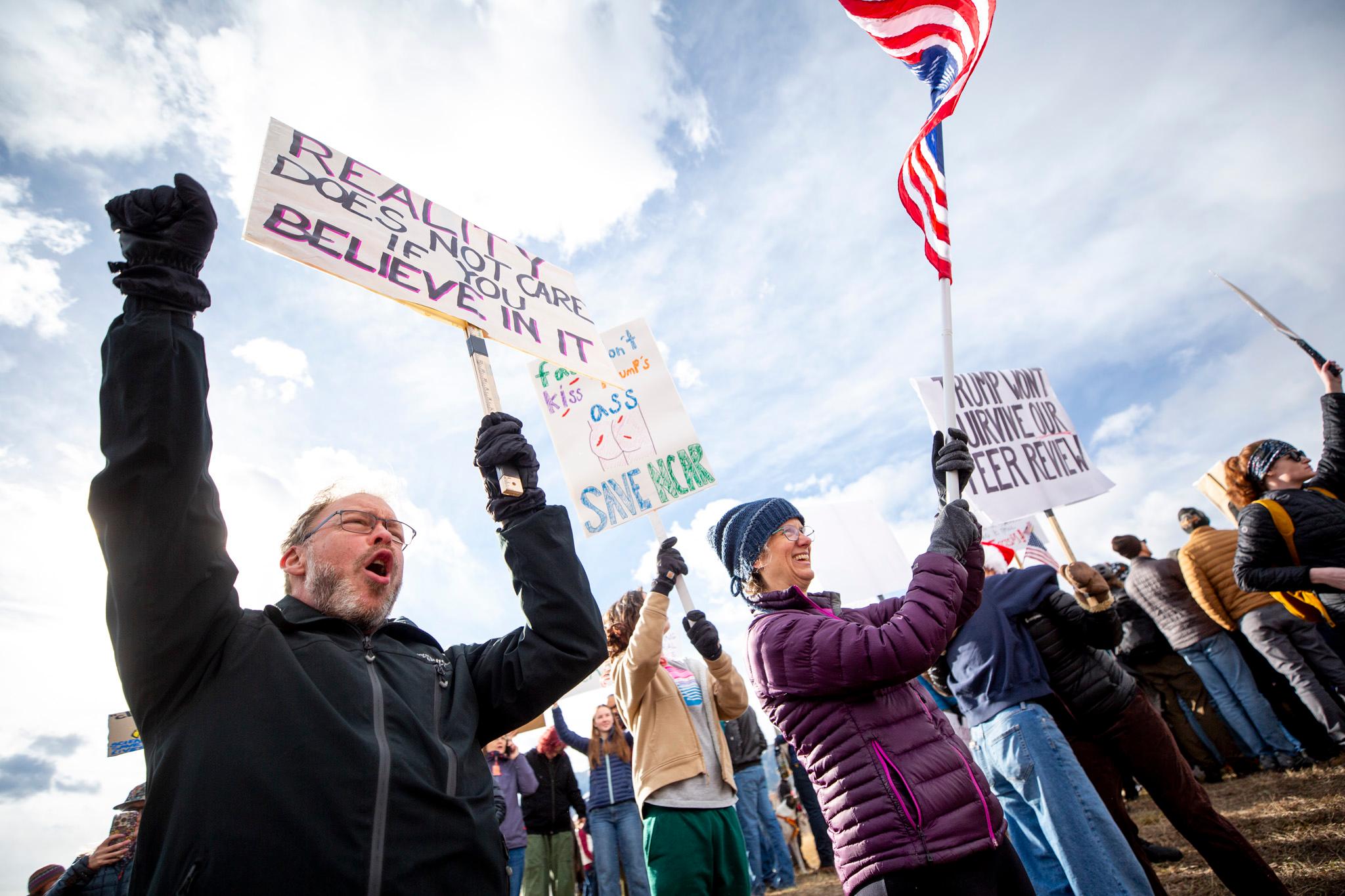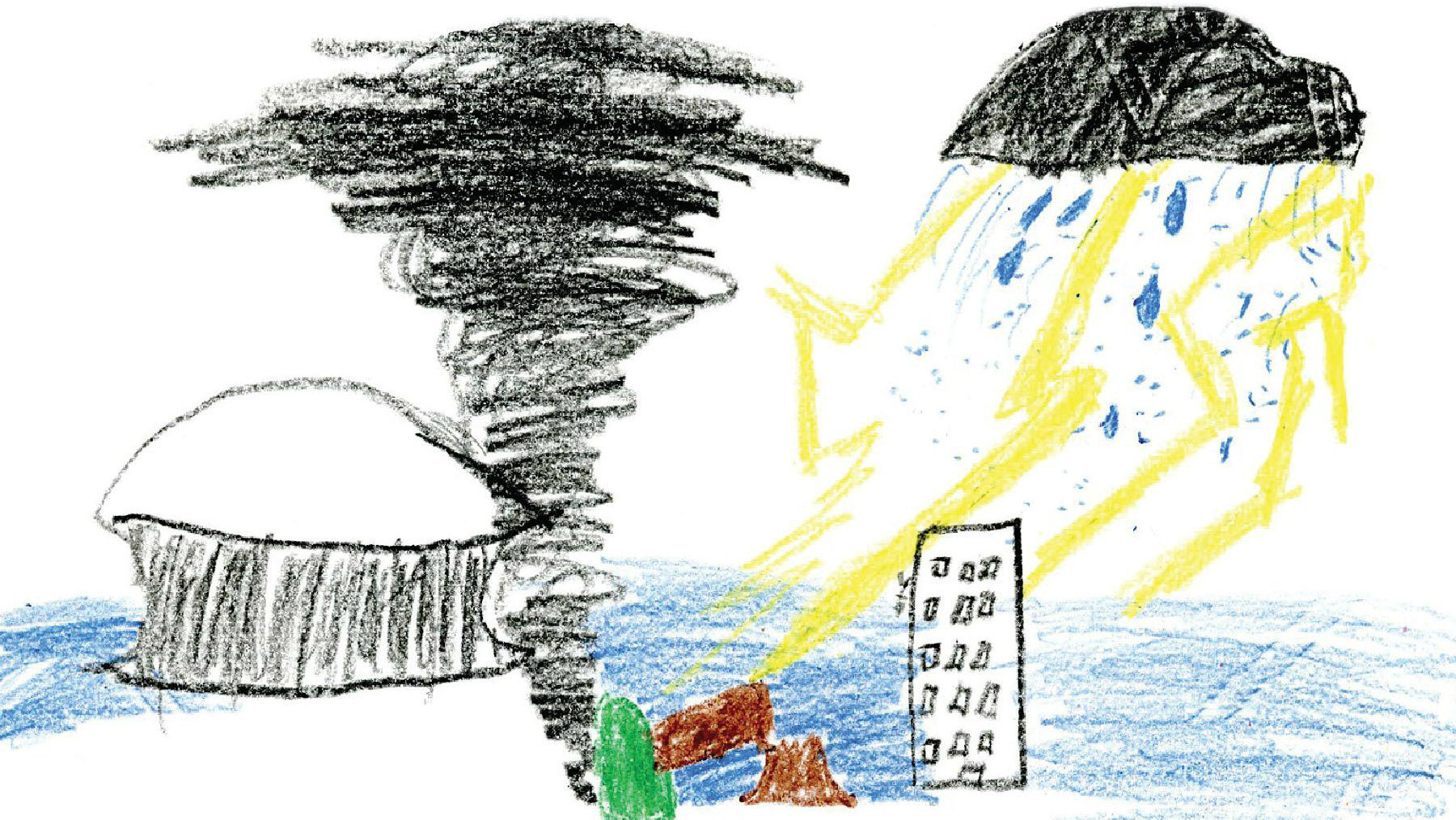
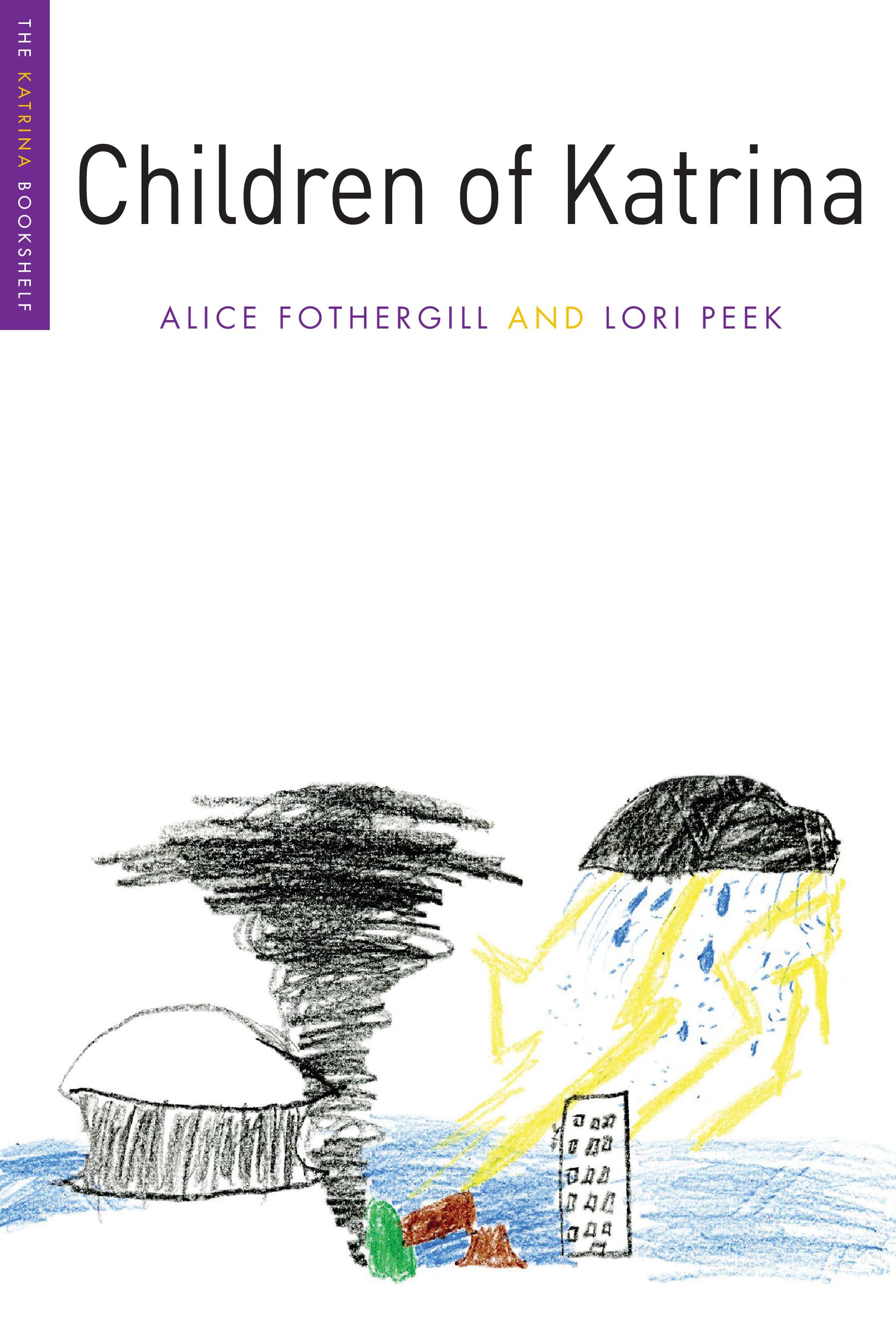
This story originally aired June 13, 2016.
When Hurricane Katrina hit New Orleans, Cierra was 11. When she thinks back to that day, she remembers how people screamed. She hasn't forgotten how the water looked as it rose, or how dark it was at night. Her description is captured in a new book about children who lived through Katrina, by two sociologists who met in graduate school at the University of Colorado Boulder.
Lori Peek, who teaches at Colorado State University and runs the Center for Disaster and Risk Analysis, and Alice Fothergill, who now teaches at the University of Vermont, followed seven of the children closely for a decade. Their stories are collected in "Children of Katrina," which was nominated for a Colorado Book Award and recently won an award from the American Sociological Association. It has new findings about how children cope with disasters, some of which may help Coloradans recovering from fires, floods or mass shootings. Peek spoke with Colorado Matters host Ryan Warner.
Read an excerpt:
THE YOUNGEST SURVIVORS For Cierra, the sound of Katrina is the sound of “people screaming.” She was only 11 years old when the hurricane hit. Years have now passed since “the awful storm,” but she has not forgotten how the water looked as it kept rising, how dark it was at night when there were no lights in New Orleans, or how scared she felt. We first met Cierra and her mother, Debra, at a large disaster evacuation shelter a few weeks after Katrina. They had just been notified that they had been assigned a new Federal Emergency Management Agency (FEMA)trailer in a park outside the low-lying city of Lafayette, Louisiana. After surviving the storm, enduring a second evacuation caused by Hurricane Rita, and living in the shelter for weeks, they wept with tears of joy when they heard the news of the trailer. But this was also the beginning of new challenges that we watched unfold over subsequent years. On an October afternoon in 2005, Cierra and Debra sat down with us in a quiet corner of the shelter and shared how their ordeal began. Debra, a 45-year-old African American native of New Orleans with a gentle voice, was part of the janitorial staff at a hospital in the city. Although her supervisors had called her in to work the day before Katrina struck, Debra still described herself as “lucky” because the hospital allowed vital employees to bring their family members with them as part of the hospital emergency response plan. So Debra brought Cierra, her only child, with her. As the storm intensified throughout the night and as the levees began to give way on that fateful Monday morning of August 29, 2005, the hospital lost electricity and the backup generators failed. The patients, staff, and visiting family members were left with no lights and no air-conditioning. The sticky summer heat was overwhelming, and the hospital started to feel less like a safe refuge and more like a prison surrounded by a moat of rising water on all four sides. Debra rushed around caring for ailing patients, as she also kept a watchful eye on her daughter. Cierra tried to help out in the hospital, too, but mostly she waited and watched and listened. As the day progressed, Debra and Cierra started to notice more and more people passing by the hospital in boats and on other makeshift floating devices like mattresses and large pieces of cardboard, many of them yelling for help as they bobbed up and down in the murky brown floodwaters. Conditions were deteriorating inside the hospital as well: the lower floors flooded and the elevator stopped working; fresh water was in short supply and what food there was began to spoil; and frail elderly patients were dying from heat exhaustion, a lack of electricity to power their medical devices, insufficient medicine—and perhaps, Debra thought, from fear and hopelessness. Debra, who was exhausted and stressed to the limit, asked Cierra to stay close by her side. Several times, however, as Debra tried to help staff and patients throughout the hospital, she was separated from her daughter in the darkness and chaos. This left her terrified and searching along pitch-black, sweltering hallways for Cierra. After those frightening moments, Debra had Cierra accompany her everywhere throughout the hospital. Cierra had to watch as hospital interns struggled to carry dying patients up several flights of stairs. She overheard a nurse saying that she should give a patient a big meal because “it would be his last.” She cried when the hospital sign crashed through the enormous picture window at the front of the building, sending shattered glass sliding across the tile entryway. Cierra and Debra spent four long days and three seemingly endless nights in the hospital. Then they were rescued by boat by fellow survivors who took them to the Superdome in the heart of New Orleans. They stayed in those desperate conditions for another day as they waited for transport out of the city. At last, a van arrived and shuttled them to Lafayette, about two hours west of New Orleans. Once there, they joined a wave of tens of thousands of Katrina survivors at the Cajundome, a sports arena that was converted to a temporary disaster relief shelter. At the Cajundome, evacuees entered through double doors with a metal detector and armed guards in camouflage fatigues. They slept on the stadium floor on rows and rows of fold-out cots. Adults stood in long lines waiting for food, medicine, and temporary housing information while shelter workers and other volunteers tried to keep the children busy with activities. Debra and Cierra had never been outside New Orleans. They had no family or friends in Lafayette, and as they would learn over the coming weeks, the rest of their loved ones were scattered across several states: Cierra’s dad and his family evacuated to Texas, while her favorite aunt, her uncle, and her grandmother were separated and relocated by the government to other parts of Texas, Louisiana, and Georgia. For the first time, Debra and Cierra were truly on their own. Their rental home in New Orleans was damaged beyond repair. All of their belongings and keepsakes, including photos and Cierra’s childhood artwork, achievement ribbons, and trophies, were gone. Nothing could be salvaged. Cierra’s school was not scheduled to reopen until January 2006, at the earliest, and Debra had no job to return to because the hospital where she had worked was closed indefinitely. As they told their story, Debra’s brown eyes filled with tears and Cierra spoke in barely a whisper as she remembered looking out at the “dirty water” that covered her city. Even after all that they had endured, Debra and Cierra, mother and daughter, buoyed by each other and their faith, remarked that they had been “blessed” to meet the “God-sent angels” at the Cajundome, the stadium staff and other volunteers who supported them after the storm. At the end of the interview, Cierra gently asked if she could sing us a song. We told her we would love it if she did. It was “Amazing Grace.” Cierra was one of tens of thousands of children directly affected by Hurricane Katrina. We wanted to know: What happened to these children? What did they need during the emergency response and recovery periods? Who helped them? How did they help themselves and other young people? How did their lives unfold following the catastrophe and displacement? To answer these questions, we spent seven years studying the experiences of children and youth in the aftermath of Katrina. (For a discussion of the complexity associated with defining children and youth, see appendix A, Who Counts as a Child?) This book draws on our observations of and interviews with a group of young people who were between the ages of 3 and 18 at the time of the storm. We also spent a great deal of time with their family members, teachers and other school personnel, childcare providers, shelter workers, and many additional persons tasked with caring for children. Children of Katrina presents the stories of some of the youngest survivors of the storm to describe what happened to them. We also draw upon official statistics and published studies to further explore the myriad ways that children’s lives were shaped by Katrina. Reprinted with permission from "Children of Katrina" by Alice Fothergill and Lori Peek. University of Texas Press. (c) 2015 by the University of Texas Press. |

